CN7026 Cloud Computing Assignment-Travel Bus Booking System
Abstract
In the current technology world, the technology can be used to ease the manual works of the people by reducing the workload. The transport department requires an ideal system for coordinating and maintaining the activities of the travel into a single system. In this project, we are going to implement a travel bus booking system using cloud platform. Using this system, the passengers can view the available seats in a bus on a particular date on particular route. They can book the number of seats for their travel using online payments. It will be helpful for the travel agencies to organize and maintain the travel activities in an efficient manner.
A. Introduction
The travel bus booking system based on cloud platform can be used by the travel agencies and the passengers. This will be helpful for the passengers to book and cancel the tickets for their journey on a particular date. The travel agencies will upload all the bus details with route information and they can control the bus bookings without meeting the passengers in person. This will reduce the human power and can perform the booking activities in an accurate manner. The system will send notifications after booking or cancelling the tickets to their contact number and Email Id. The passengers should be informed when the bus is cancelled. The travel agency will benefit from this system with easy maintaining and managing all the activities.
B. Project plan
The project plan is the complete report representing the phases of the project. Every phase is specified with its start and end date with the persons responsible. In this project, the phase starts with gathering the requirements from the stakeholders such as travel agency, administrative staffs and some passengers. Then the goals and objectives of the project are defined. Then the cost required to complete this project also planned. Then the time duration required to complete this project also planned with the individual phase time duration. This project plan can be executed for the successful completion of the project. The milestones of the project also defined in this phase. The milestone of a project defines the status of the project at different interval of time. The milestones of this project are given below.
System Initiation
This is the first phase of the system development where the requirements of the project are gathered. This is done by meetings, brainstorming sessions and surveys. The requirements are documented as requirement specification documented. For example, the requirement may be to implement different types of payment methods while booking the bus ticket.
System analysis
This phase is the second phase where the requirements are subjected to feasibility study. The requirements are analyzed and the functions are clearly defined with its input and output. The non functional requirements needed for this project are defined.
System Design
In this phase, the requirements are designed into a model. The functions of the project are transformed into class diagram with its attributes and methods. Then the ER diagrams are used for database design.
System Implementation
In this phase, the defined functions are implemented using suitable technologies are used. The user interface and the database of this project will be implemented based on the design of the project.
System Testing
This is the final step of the project. The implemented project is verified and validated with different inputs and conditions. The project is tested for its functions.
Cloud Architecture solution and Implementation
1. Requirements Gathering
This phase involves collection of requirements from the stakeholders. These requirements are documented as a requirement specification document. This is used in the next phase for designing the model of the project. There are two categories of requirements. They are Functional and non functional requirements. The functional requirements define the different operations of the project with it initial conditions and outcome. The functional requirements of this project are given below.
User Account creation
This function is used to create the user accounts before using this system. Each user has different role inside this system. The administrator will be given high privilege access than the passenger with low privilege access.
Uploading Bus Details
This function is used to add the bus information with its route details and departure and arrival time. The bus information can be modified and deleted. This operation is done by the administrator in the travel agency.
Seat Availability checking
This function is used to check the availability of the seats in buses on a particular date. If the date, the source and the destination are chosen, the bus details on the chosen date will be displayed with departure time. The passenger can view the bus seats by clicking on the bus number.
Booking the seat
After checking the availability of the seats in a bus, the passenger can choose the preferred seats in a particular bus. This is done by clicking on the seat number. Then clicking the book the seat button the seat will be booked.
Ticket payment
This function is used for paying the ticket fare for the booked seats. This will contain various payment options such as debit or credit card payment and net banking. After the payment of ticket fare, the passenger will get a acknowledgement for the confirmation of the seats through sms and email.
Cancelling the ticket
This is used by the passenger to cancel the booked seats in some specific cases. After logging into the passenger account, the passenger can view the booked seat history. By clicking on the booked seat details, the seat can be cancelled.
The non functional requirements of the project define how the system should be implemented. For this project, the non functional requirements are given below.
Performance – This requirement defines how well the system will operate.
Usability – This requirement defines the compatibility of the system in various devices.
Security- This requirement defines how secure the data will be in this system.
Reliability- This requirement defines how accurate the data in this system.
2. Choice of type of cloud platform
There are different types of cloud platforms available for service. Following are some of the important cloud providers.
- Amazon Web services (AWS)
- Microsoft Azure
- Google Cloud
- Oracle Cloud
- Saleforce.com
- IBM cloud
The cloud platform chosen for implementing this project is Amazon Web Services (AWS) because it is one of the dominant cloud providers and offers key features in computing, storage and data management. The computing service is provided by the Amazon Elastic Compute Cloud (EC2). The storage service is provided by Amazon Simple Storage Service (S3). Data Management service is provided by Amazon Relational Database Service, Amazon DynamoDB and Amazon Redshift (TRIANZ, 2020).
3. Choice of data centre and standards
The data centre is the physical infrastructure which is used by the organizations for deploying their applications and data. The key components in a data centre are network, storage and computing infrastructure. There are four categories of data centre tiers namely tier1, tier2, tier3 and tier4. Tier1 is the basic infrastructure of network, storage and computing. Tier2 has redundant components of network, storage and computing. Tier3 has the capability of concurrent maintaining of the infrastructure. Tier4 is the fault tolerable infrastructure (cisco, 2020). The data centre chosen is the Tier2 because it is simple and has redundant components.
4. Cloud System Architecture developed to solve the problem
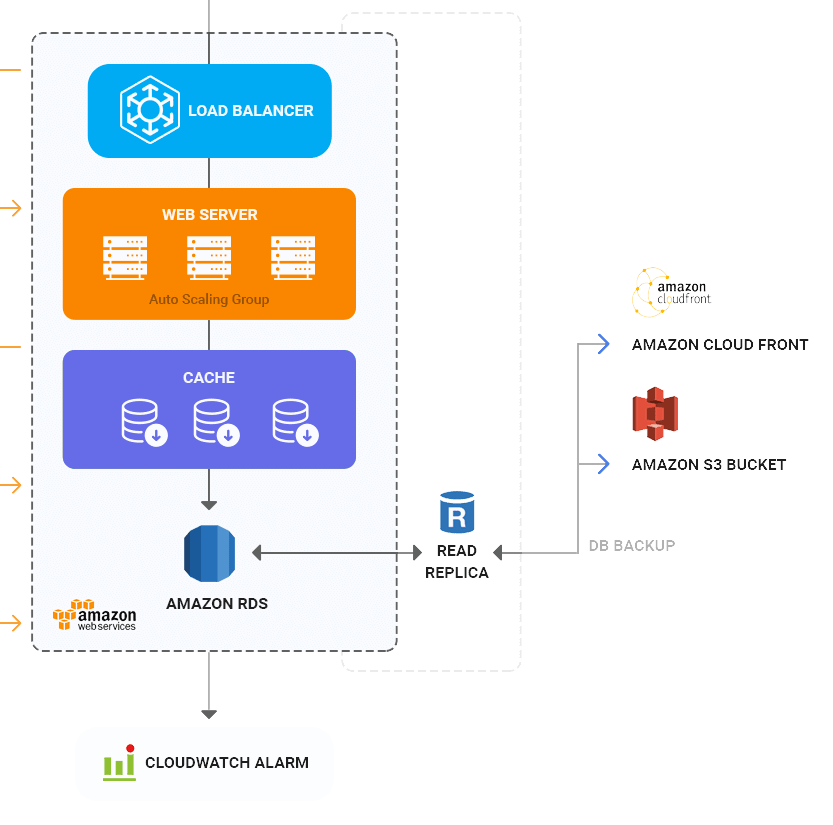
The above diagram shows the cloud architecture for the travel bus booking system with load balancer, web server, cache and backups based on AWS. The load balancer is used to equally distribute the workloads among the computing instances. The web server contains the front end of the web applications. The Amazon RDS is Relational Database Service which can be used for creating the database for this project.
Cloud Cost Budgeting
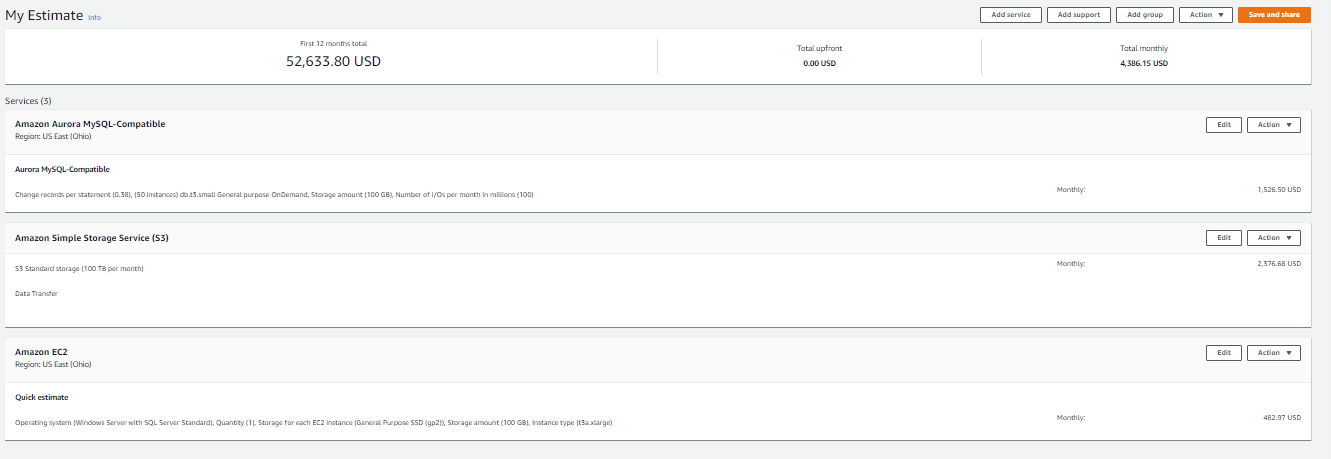
5. Implementation using any cloud platform
1 AWS
2.VM
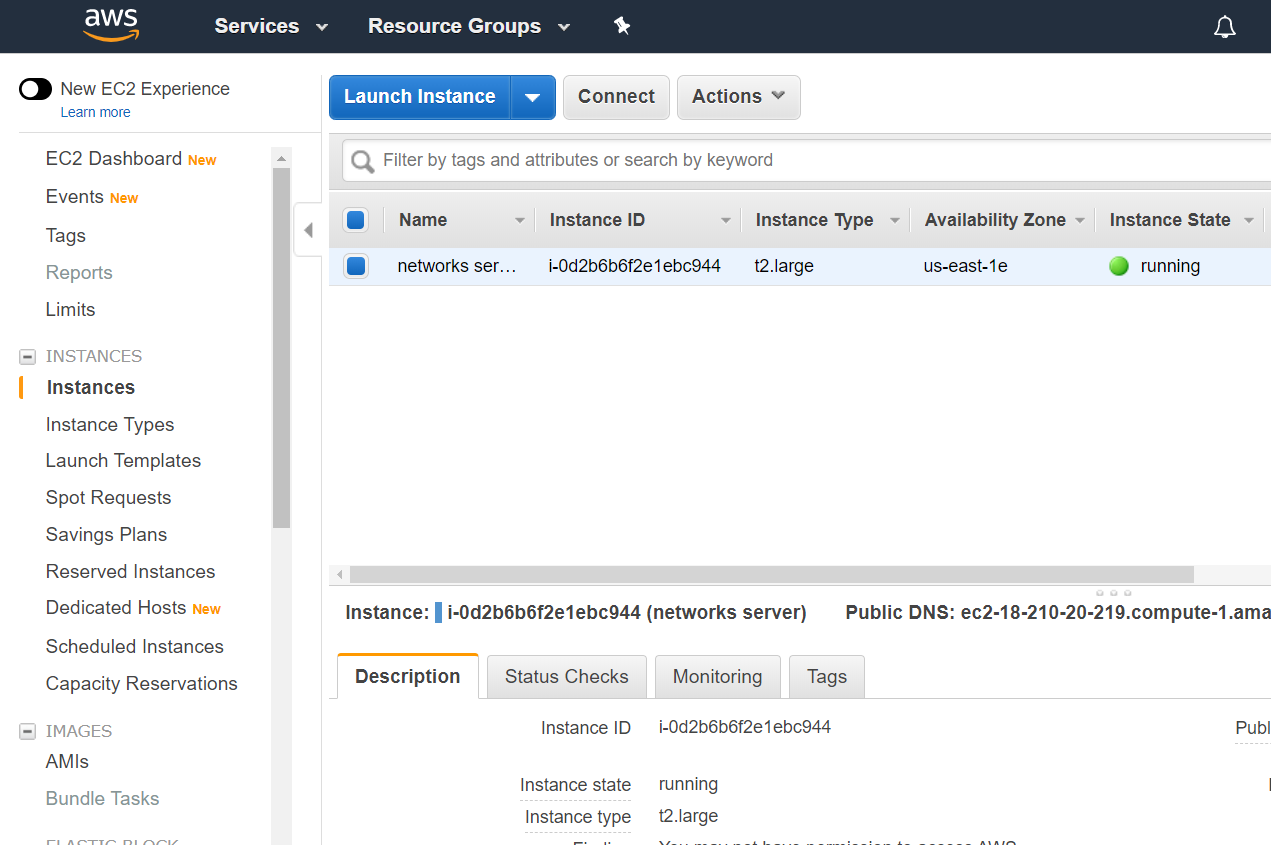
3.Volume:
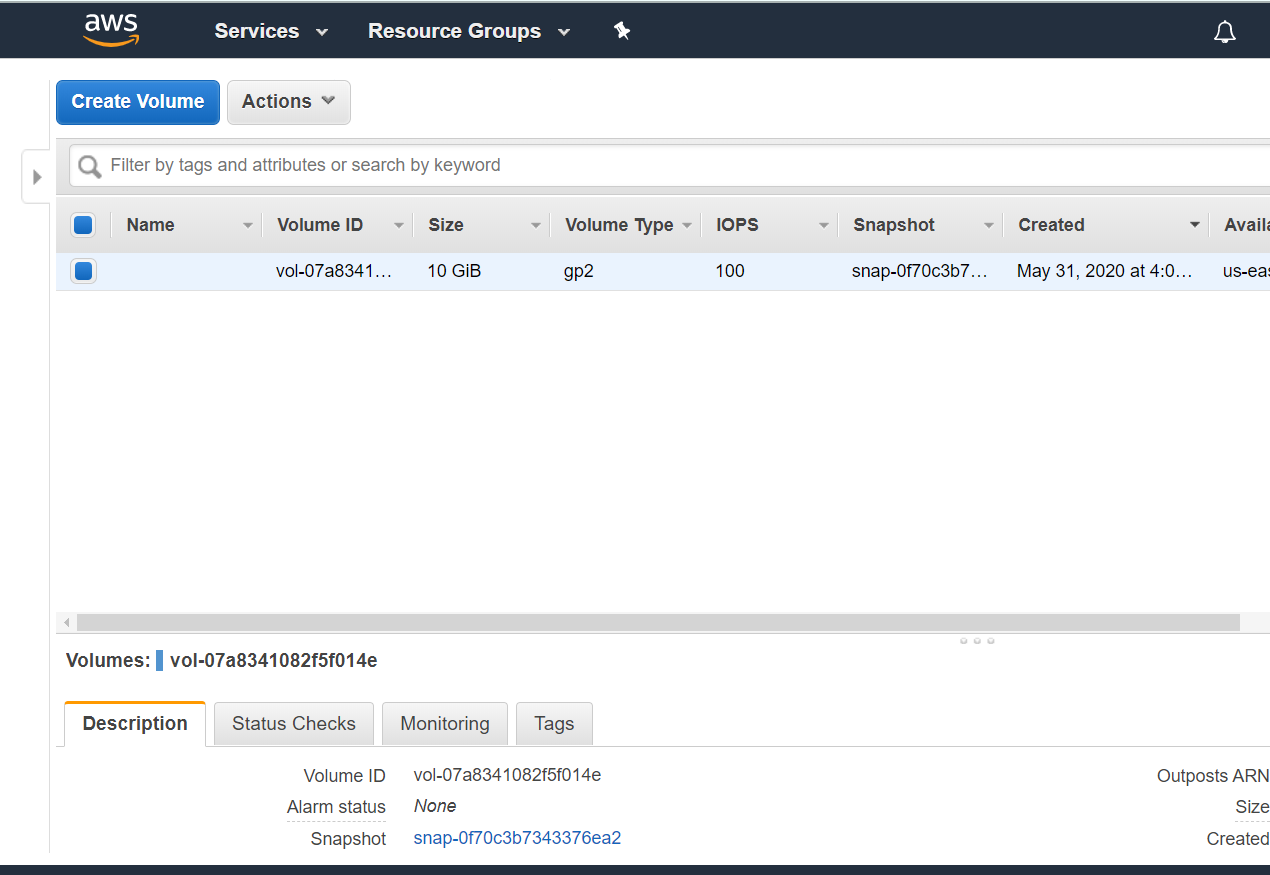
4.Autoscalling:
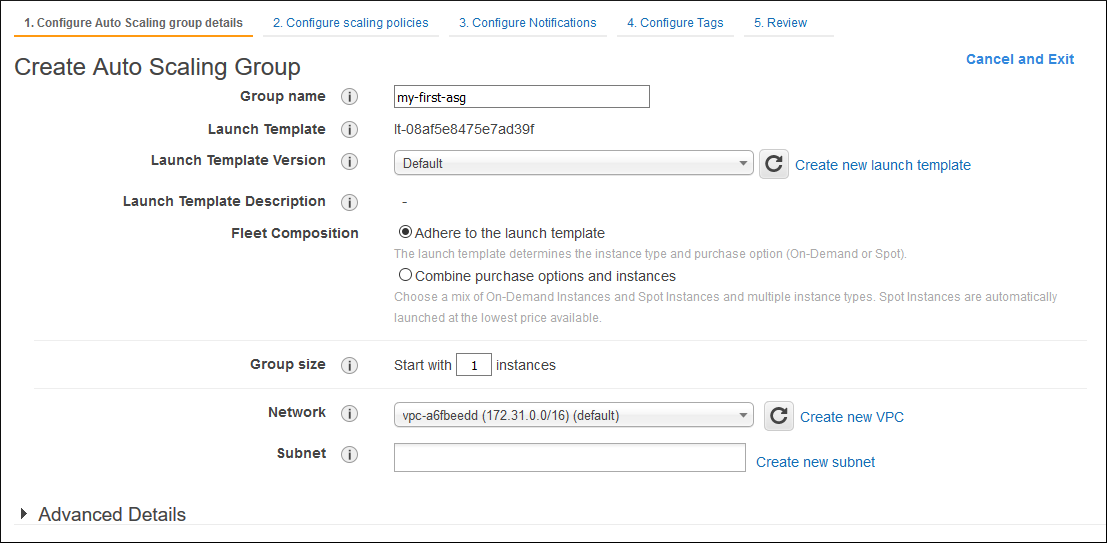
Screen shot:

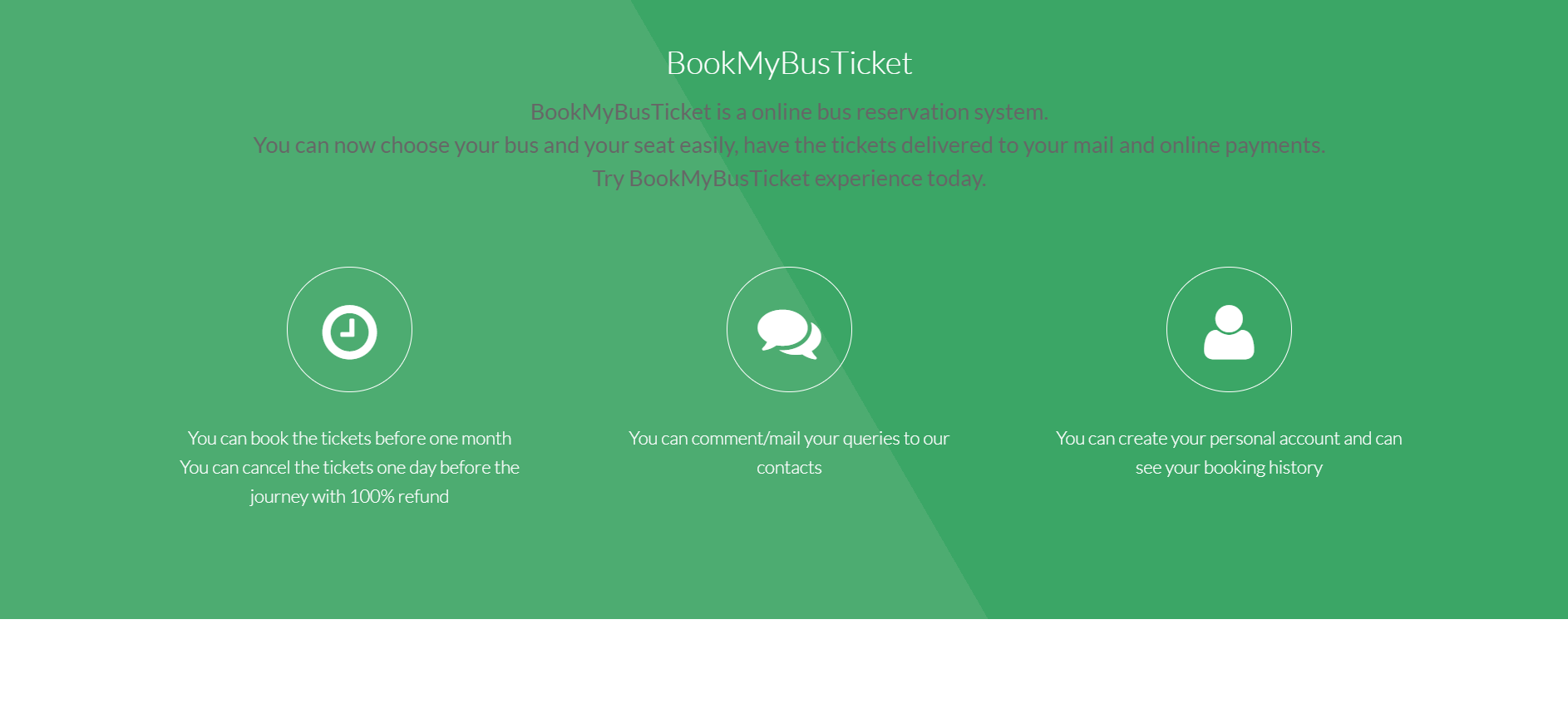
6. Analysis and Reflection
The travel bus booking system based on cloud platform should be tracked for availability of required resources. The cloud provider should provide security to the cloud applications. There should be a remote administration service at the cloud consumer to monitor the cloud infrastructure. The resource management and SLA management should be monitored by an administrator who has depth knowledge in the cloud platforms. The consumer can put penalties when the requested level of service is met. The cloud provider should ensure the security of the data which are stored in the cloud storage which is located in other countries. The consumer can have a control to increase or decrease the resource usage (New Relic, 2020).
D. Conclusion
Thus the travel bus booking system using cloud platform has been implemented. As the cloud platforms will have minimum downtime, the availability of this system will be high. And this can be used at any device at any time without any delay. This system reduces the workload of the human thereby they can be engaged in any productive services. The passengers can book their tickets without visiting the travel bus agency. It is also helpful for travel agencies to handle and manage the finances. They can also be operated with less human power. This is due to the advancements in technology which solves many current social problems.
References
cisco. ,2020. What Is a Data Center. https://www.cisco.com/c/en/us/solutions/data-center-virtualization/what-is-a-data-center.html , 1-1.
New Relic. ,2020. 7 Requirements for Monitoring Cloud Apps and Infrastructure. https://newrelic.com/resources/articles/cloud-monitoring-platform-requirements , 1-1.
TRIANZ.,2020. The revolution that is Cloud Computing. https://www.trianz.com/insights/revolution-that-is-cloud-computing , 1-1.
Know more about UniqueSubmission’s other writing services:

